Native art records history

Linda Sappington
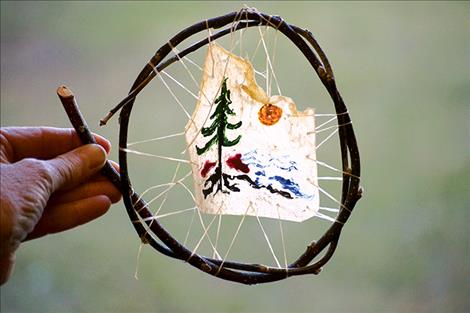
Linda Sappington

Linda Sappington
Smokey Rides At The Door teaches students the importance of telling your history verbally and through art.
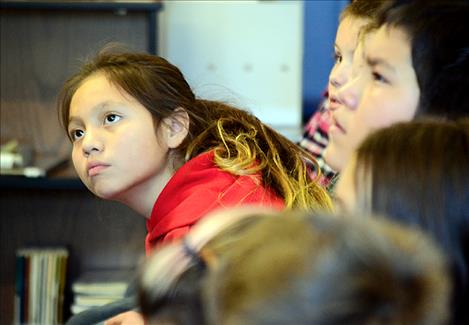
Linda Sappington
Students right, listen intently.
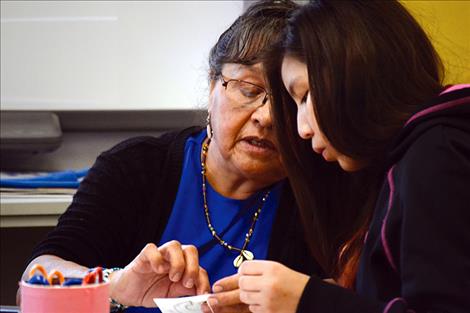
Linda Sappington
Darnell Rides At The Door teaches Asa Coronado how to bead.

Linda Sappington
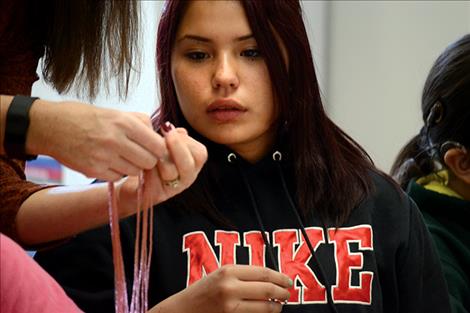
Linda Sappington
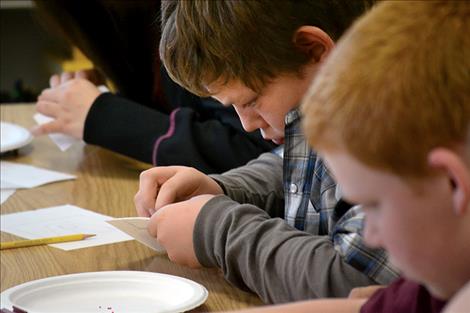
Linda Sappington

Linda Sappington
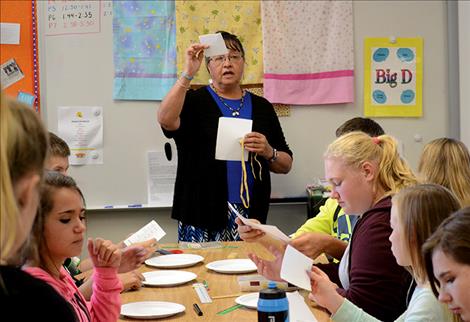
Linda Sappington
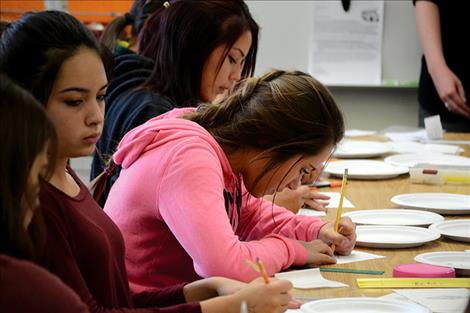
Linda Sappington

Linda Sappington
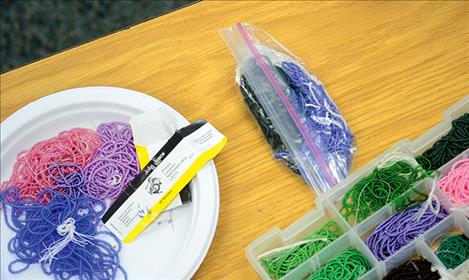
Linda Sappington
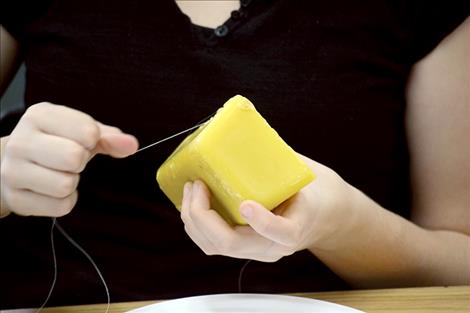
Linda Sappington
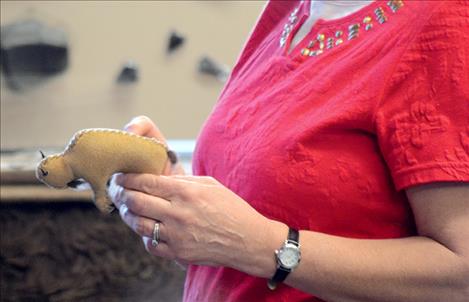
Linda Sappington
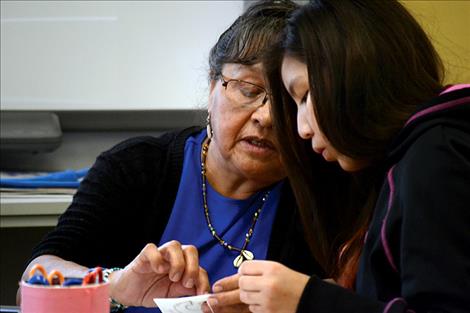
Linda Sappington

Linda Sappington
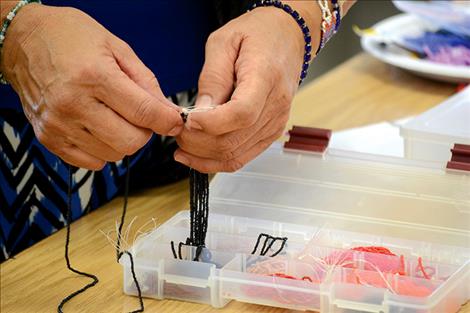
Linda Sappington

Linda Sappington

Linda Sappington

Linda Sappington
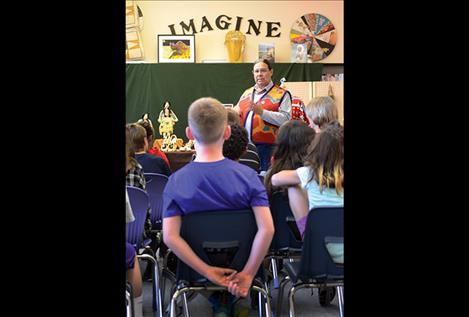
Linda Sappington

Linda Sappington
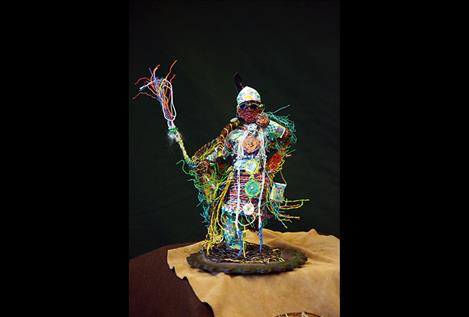
Linda Sappington

Linda Sappington
Issue Date: 11/9/2016
Last Updated: 11/9/2016 2:06:24 AM |
By
Linda Sappington
Keep Reading!
You’ve reached the limit of 3 free articles - but don’t let that stop you.
















